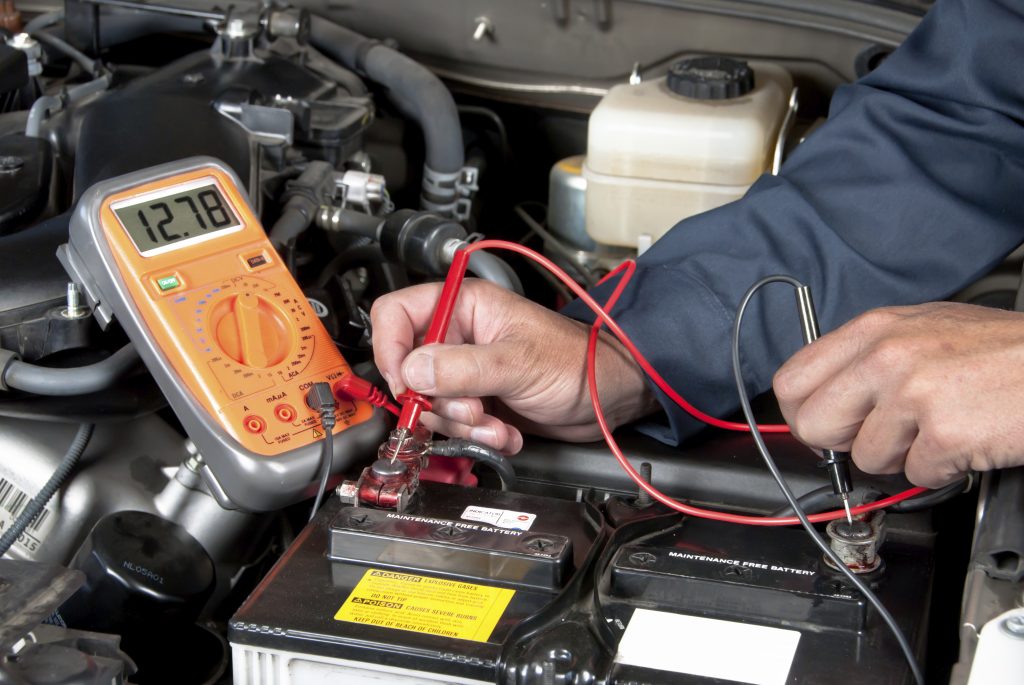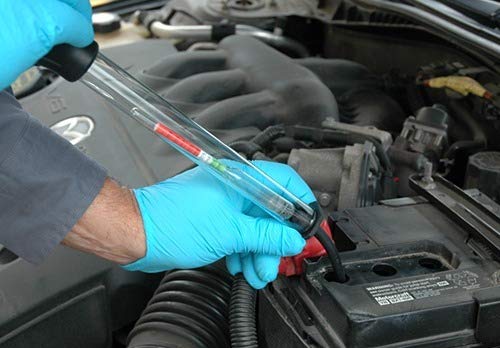How to Do a Load Test on My Car Battery
The battery is your car's lifeline since it powers all electrical components. If the battery works below its capacity, the vehicle's performance will be significantly affected. The car won't even start if the battery malfunctions. Rather than waiting for your car battery to start showing signs of weakness, you should test it regularly alongside other components of the car's electrical system. Here's how to test your car battery like a pro.
Undertake a Load Test
Performing a DIY test on your car sounds intimidating, especially if you have no technical expertise. Nonetheless, performing a load test on the car battery is quite straightforward. Here are the steps to follow:
- Turn on the headlights while the engine is off
- Keep the lights on for 10-15 minutes
- After that, start the engine and monitor the brightness of the headlights
If the car's headlights noticeably dim as the engine starts, the battery has failed the load test. A car battery working at full capacity should be able to hold enough charge for 10-15 minutes until the engine starts. If you notice that your battery is struggling, consider changing it before it fails you in the middle of nowhere.
Use a Multimeter

A digital multimeter can help you find out whether your battery has sufficient juice to get the car going. Using a multimeter to test your battery capacity is quite easy. You first need to set the meter to 20 DC volts. Touch the negative meter probe with the negative battery terminal (black), and the positive meter probe with the positive battery terminal (red). You should then ask someone to turn on your car's headlights so that the battery gets a light load. With the headlights on and at temperatures of about 26.6°C (80°F), check the voltmeter reading.
- If the reading is 12.5V or higher, it means that your car battery is at full capacity
- If the voltmeter reading is at around 12.3V, it means that the battery is about 75% full
- A reading below 11.8V indicates that your battery has a charge of less than 25%
In case you get a low voltmeter reading, slow charge the car battery to improve its chemical reaction before repeating the test. If the voltmeter reading fails to go higher, it means that your car battery is on its deathbed and needs to get replaced.
Use a Load Tester
Going through best car battery testers: reviews and buying guides is the first thing that most car owners do when they realize that their batteries are underperforming. Well, this is a step in the right direction since the car battery guides and reviews help you figure out whether your car battery is good or bad. Besides, most dealerships use load testers to assess the capacity of car batteries.

When using a load tester, a load will get applied to your car battery, as the tester determines the battery voltage. In case the voltage dips below 9.6V, it means that the battery is bad and needs replacing. Alternatively, you can use an electronic tester to determine the capacity of your car battery. In this case, the tester will send frequency waves through the battery to establish the condition of its cells.
The Electrolyte Gravity Test
You can also test your car battery capacity from home using a hydrometer. The electrolyte gravity test helps you establish whether the battery is undercharged, fully charged, or even faulty. It's recommended to use a hydrometer that has an in-built thermometer.

Most hydrometers that you'll come across are self-adjusting. In contrast, others feature a conversion table that allows you to adjust readings while performing the electrolyte gravity test at various ambient temperatures. For safety purposes, you should wear acid-resistant goggles and gloves when performing this test. For the best results, you should follow these steps:
- Remove the caps from your battery
- Dip the hydrometer's tip into the battery's first cell before squeezing the hydrometer bulb
- Gently release the bulb so that the electrolyte enters the hydrometer needle
- Note down the electrolyte-specific reading for the first cell before repeating the test on the other cells
- Compare your readings against those indicated on the battery tester's guide.
Generally, if your hydrometer readings range from 1.265 to 1.299, it means that your car battery is fully charged. If the readings are below 1.265, your car battery is undercharged. A trickle or slow charge can help you restore the charge, besides improving the chemical reaction in your car battery. However, a discrepancy of 25 to 50 points (a point equals 0.001) between readings shows that your car battery is sulfated, and thus needs to get replaced.
Final thoughts
Testing your car battery from the comfort of your home is quite simple, inexpensive, and allows you to learn something new. Next time you suspect that the battery is malfunctioning, there's no need to call a technician. Instead, choose any of these tests and get down to work.
References :
- Best Car Battery Testers: Reviews and Buying Guide – Autance.com, Oct 25, 2019
- How to test a car battery – Carbuyer.co.uk, Jan 7, 2020
- Specific Gravity of Battery Electrolyte Review, Engineersedge.com
How to Do a Load Test on My Car Battery
Source: https://action4energy.org/how-to-test-your-car-battery-as-a-pro/
0 Response to "How to Do a Load Test on My Car Battery"
Post a Comment